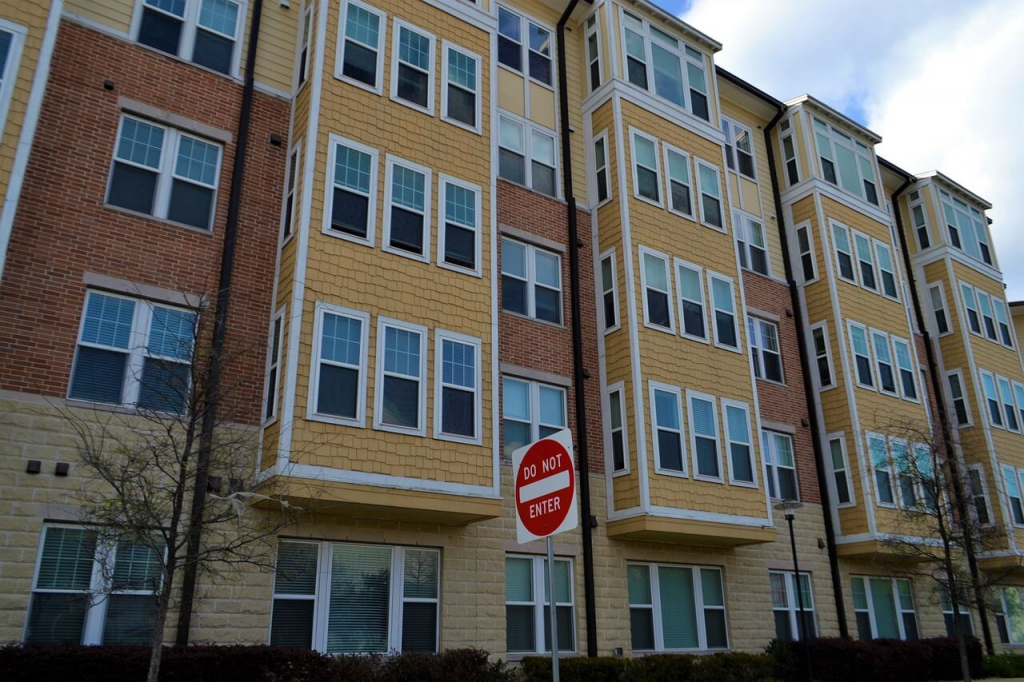As you probably know, there is an organization called the Department for Housing and Urban Development or the HUD. They offer services to aid people with low income so that they can afford a house.
The Section 8 program or the Housing Choice Voucher program, assists some tenants so they can afford to rent a property or unit. They will apply for this voucher and will be evaluated based on income, familial status, citizenship, and eviction history.

Have you encountered a tenant with a Section 8 voucher? You might have, or you have not yet. After all, every time you use Padleads to create a property listing and syndicating it to other websites, you are attracting all kinds of potential tenants that may fit in with the landlord’s property. It will not be impossible for you to come across a tenant with this voucher.
Did you know that there is a special property inspection for properties that will house these tenants? If not, you are in luck. I am going to enumerate the steps on how it will come about. The landlord plays a big part in this process, but leasing agents can get involved too. After this, you can assist the landlords on how to go through the Section 8 inspection.
Step One:
The landlord and tenant will fill-up the Request for Tenancy Approval (RTA) form. It is then submitted to the Public Housing Authority because they are the ones to perform the Section 8 inspection.
Step Two:
The landlord will wait for the PHA to contact him and set up a schedule for the assessment. They will assess the property if it will pass the standards they set then they decide that the property is ready for occupancy.
Step Three:
The inspector, either a PHA employee or someone hired by the PHA, performs the inspection. They can either pass or fail the inspection. If they fail, do not worry, because the landlord will be granted 30 days to resolve the areas that did not meet their standards. But if they fail the second time, the tenant is allowed to look for another property.

Step Four:
Once the PHA passed the property inspection, the landlord and tenant must sign a lease agreement within 30 days. It is also important to know that this kind of inspection is not only done once. The PHA will conduct the assessment annually, or if it is deemed necessary.
There are particular things that the PHA will check, and the landlord is expected to prepare for this inspection. Here are some of the items they will look at:
• Doors/Windows
The PHA will survey if the windows are not broken and if they have locks. The entry and exit doors are also required to have bolts and padlocks because these will ensure the safety of the tenant.
• Ceilings/Walls/Floors
These items must be intact, unbroken, and free of cracks. A crack on the floor can cause tenant injury, which you could be held liable for. A leaking roof is also a no-no because it can cause accidents and will encourage mold growth. Advise the landlord to make sure that there are no stained ceilings present.

• Structure
The landlord must ensure tenant safety at all times. He should install smoke sensors to alarm the tenants in any event of a fire. Maintenance of the amenities and common areas is also a must.
• Electrical Conditions
The property must have ample light fixtures in every room, and electrical outlets must have cover plates. The unit should also have a heating system available.
These are only some of the things they will check, and you can find the others in their published book if you want to know more.
The Section 8 inspection is thorough and covers 13 areas. The landlord will have a lot of prep work, but it is not impossible to handle.